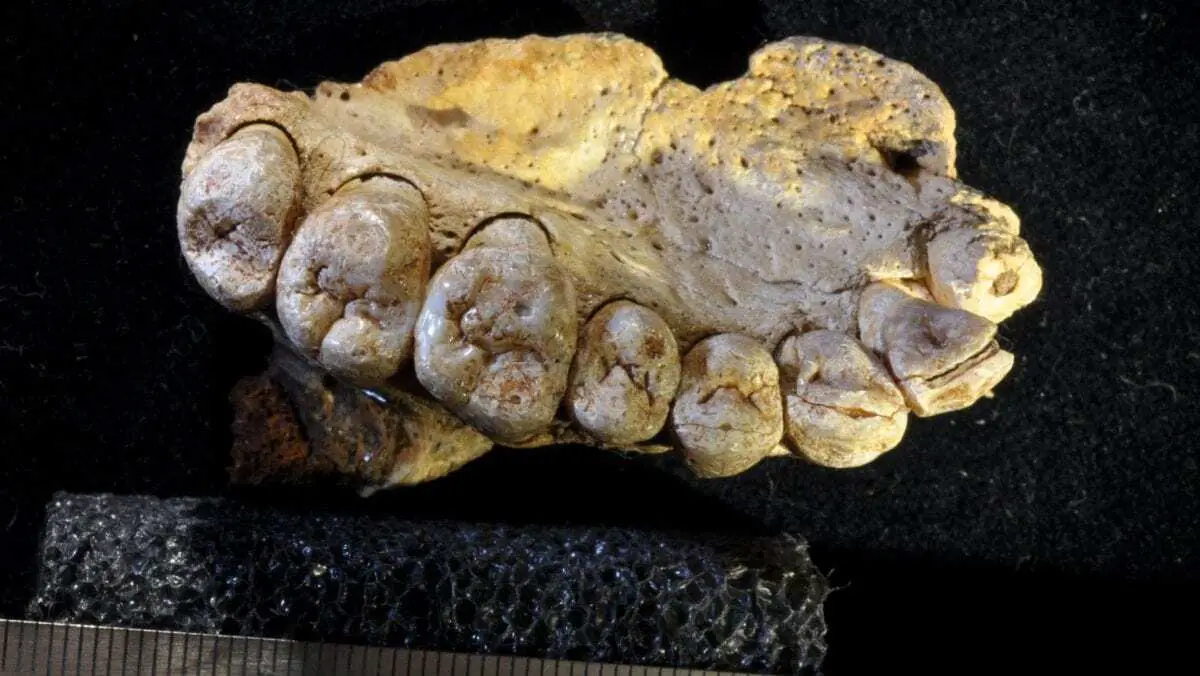An international team that includes Tel Aviv University, Binghamton University and the University of New York has announced the discovery of the earliest modern human fossil to be found outside of Africa dating from 50,000 years ago.
The remains were found by researchers at Misliya Cave on Mount Carmel in Israel and includes an upper jawbone and several teeth.
The team has applied several dating techniques that places the jawbone between 175,000-200,000 ago, pushing back the applied date for human migration from Africa by at least 50,000 years.
“Misliya is an exciting discovery,” says Rolf Quam, Binghamton University anthropology professor and a coauthor of the study. “It provides the clearest evidence yet that our ancestors first migrated out of Africa much earlier than we previously believed.
It also means that modern humans were potentially meeting and interacting during a longer period of time with other archaic human groups, providing more opportunity for cultural and biological exchanges.”
While all of the anatomical details in the Misliya fossil are fully consistent with modern humans, some features are also found in Neandertals and other human groups,” said Quam, associate professor of anthropology at Binghamton. “One of the challenges in this study was identifying features in Misliya that are found only in modern humans. These are the features that provide the clearest signal of what species the Misliya fossil represents.”
The Middle East migration route represents a major corridor for hominin movements during the Pleistocene by both Neandertals and modern humans. This latest discovery opens a line of research into the demographic placement or genetic admixture with location populations earlier than before.
Header Image : 3D image of the maxillary of Homo sapiens found in Misliya Cave (Israel)/ Israel Hershkovitz et al.





